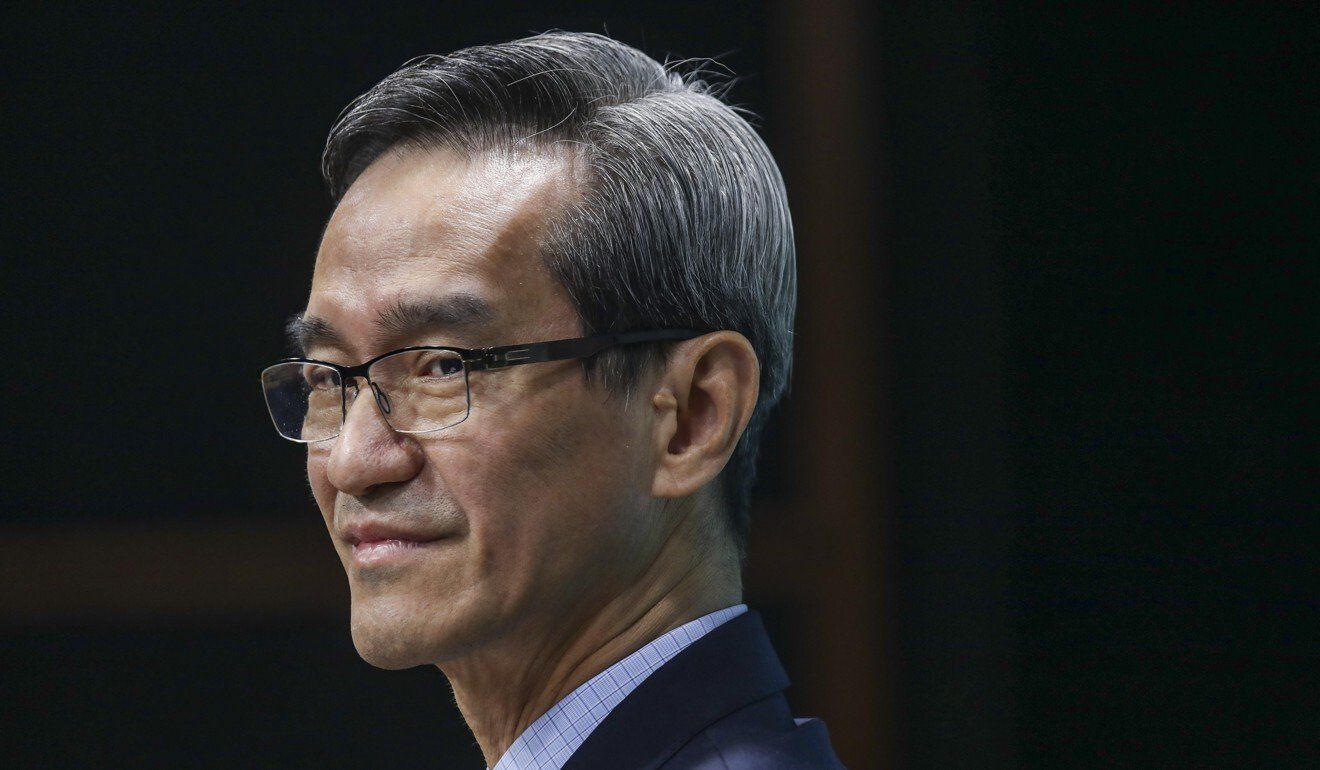Hong Kong News

Hong Kong ‘should scale back artificial islands if they prove too destructive’
A controversial Hong Kong government plan to build a new metropolis on man-made islands off Lantau should be scaled back if studies show its impact on the environment will be too destructive, the head of the environmental watchdog has said.
Stanley Wong Yuen-fai, chairman of the Advisory Council on the Environment, offered the assessment on Monday after a meeting in which conservationists questioned officials on measures to mitigate the environmental impact of reclaiming 1,000 hectares of land near Kau Yi Chau Island – the first phase of the ambitious Lantau Tomorrow Vision.
Wong said he hoped authorities could strike a balance between development and conservation, and not just make up for ecological losses, but actually improve the environment.
“If the data shows that there will be a rather negative impact on the environment, they should consider downsizing the scale [of the project],” Wong said. “I hope this is a process that allows for adjustment.”
 Stanley Wong, chairman of the Advisory Council on the Environment.
Stanley Wong, chairman of the Advisory Council on the Environment.
The entire project, first unveiled in 2018, would see the construction of a total of 1,700 hectares of man-made islands, which would be developed into a housing and business hub. It also involves a transport network linking the islands to Lantau, Tuen Mun and Hong Kong Island.
Hong Kong is the world’s least affordable residential property market, and Beijing has called the city’s housing shortage a deep-seated problem that must be addressed.
By the end of June, about 153,600 Hong Kong families were waiting an average of 5.8 years to be allocated a public housing flat, with many forced to live in cramped conditions while they wait.
According to a paper provided to the council, between 150,000 and 260,000 flats will be built on the artificial islands in phase one, enough to accommodate 400,000 to 700,000 people.
During the meeting, however, council members questioned how Lantau’s biodiversity could be protected under such a huge infrastructure project.
“We will have a team to follow up on this – by planning green areas and planting different plants on the islands, we believe these can keep different creatures in their original place,” said Michael Fong Hok-shing, head of the government’s Sustainable Lantau Office.
Nora Tam Fung-yee, deputy chairwoman of the council, asked what would be done to protect marine ecology.
“Urban forestry is not related to biodiversity,” she said. “We know that many corals can be found in the sea around Kau Yi Chau. What would you do to protect the coral communities?”
Another council member, Kenneth Leung Mei Yee, suggested reducing both the cost and the size of the reclaimed land by instead building “large floating structures” to house some public facilities.
Fong, meanwhile, said the government was conducting a comprehensive biodiversity study of the island.
The council members on Monday also asked for reports on two studies related to the Hong Kong 2030 Plus strategy. The strategy, first announced last month, projected that the overall demand for and supply of land would total about 6,200 and 7,300 hectares, respectively, over the 30-year period between 2019 and 2048.
That supply included the 1,000 hectares to be reclaimed off Kau Yi Chau.
The two studies also included an environmental assessment on the city’s future infrastructure development.
Officials, however, would only promise to regularly report to the council on the assessment’s progress.











